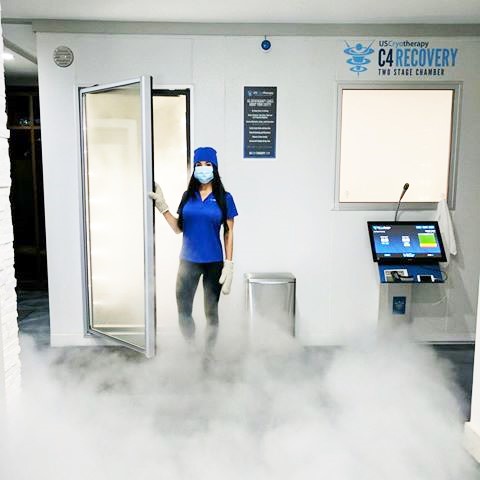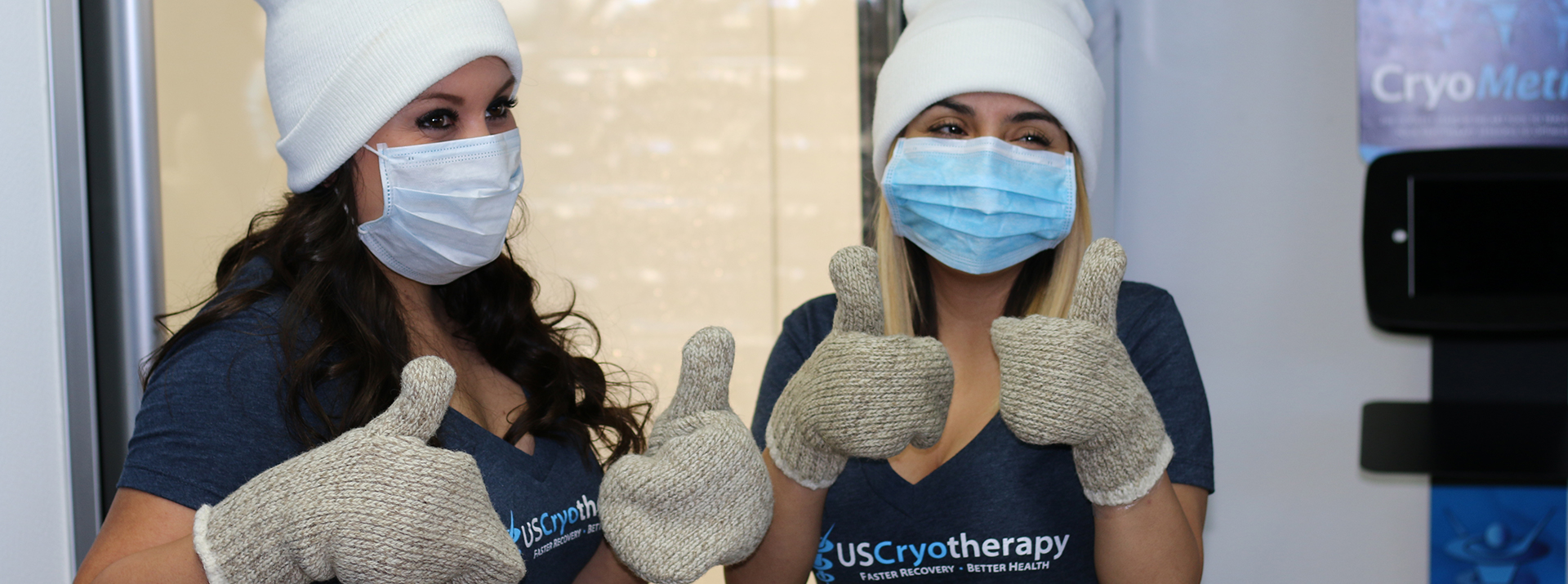WBC from review of various studies and sources shows two very prominent systemic responses. Once “Cold Shock” sends distress signals to the brain, the reactivity in the brain is two-fold. First, there is a CNS reaction whereby the hypothalamus directs the endocrine system to release endorphins in vast amounts quickly. Additionally, cold shock protein (norepinephrine) is released in the brain (said to be twice the average producing levels). Norepinephrine is a powerful anti-inflammatory protein which inhibits TNF production.
- Cold Shock - drops the skin temp on a whole Body level primarily around the core
- TNF - An inflammatory crytokine produced by the immune system in response to injury, foreign bodies, etc.


The brain then senses rapid heat transfer (hypothermic simulation) due to extreme skin temperature change, thus creating a sympathetic (Autonomic Nervous System) reaction with circulation. Blood draws from the extremities to the core to protect from heat transfer. This occurs within 30-seconds to one minute of exposure. Blood pooling in the core oxygenates and is enriched with nutrients.
Upon exit of the chamber, as the skin temperature rapidly rewarms, the brain releases the blood supply back to the extremities with a vasodilation estimated to be 3:1. Ironically, over the short duration exposure, there is little change in core temp. This process flushes areas of injury of toxic waste and bad cells replenishing with good blood to stimulate cellular regeneration. This is the systemic circulation benefit dealing with underlying condition (Regen). This process should not be thought of as comparable to ice or immersion. It does not have a gradual metabolic effect, it has a rapid thermogenic and peripheral effect with the added chemical release mentioned above.
At US Cryotherapy centers, we complement the systemic whole body cryotherapy (followed by a brief period of re-warming for rapid revascularization) with targeted cold air treatments to a specific injured area. Again, we flush an area as our devices cool the skin (locally) causing a “run” from the temperature. This signals the body to hold the blood supply back an additional time (adding to the anti-inflammatory result in an area, followed by targeted delivery of that supply into the area with a considerable depth of penetration (3.5cm measured in two studies done at Illinois State) compared to 2.4 with ice.
The body can be amazing in healing itself. However, with whole body inflammation and chronic conditions, sometimes efficiencies break down. To accelerate recoveries, sympathetic stimulation (implied stress – cold shock) can reset the system while producing excess amounts of very functional and productive hormones and proteins to do their jobs. The effects are multiplied when the body is circulating at a highly productive level with full transport and delivery to all extremities.

